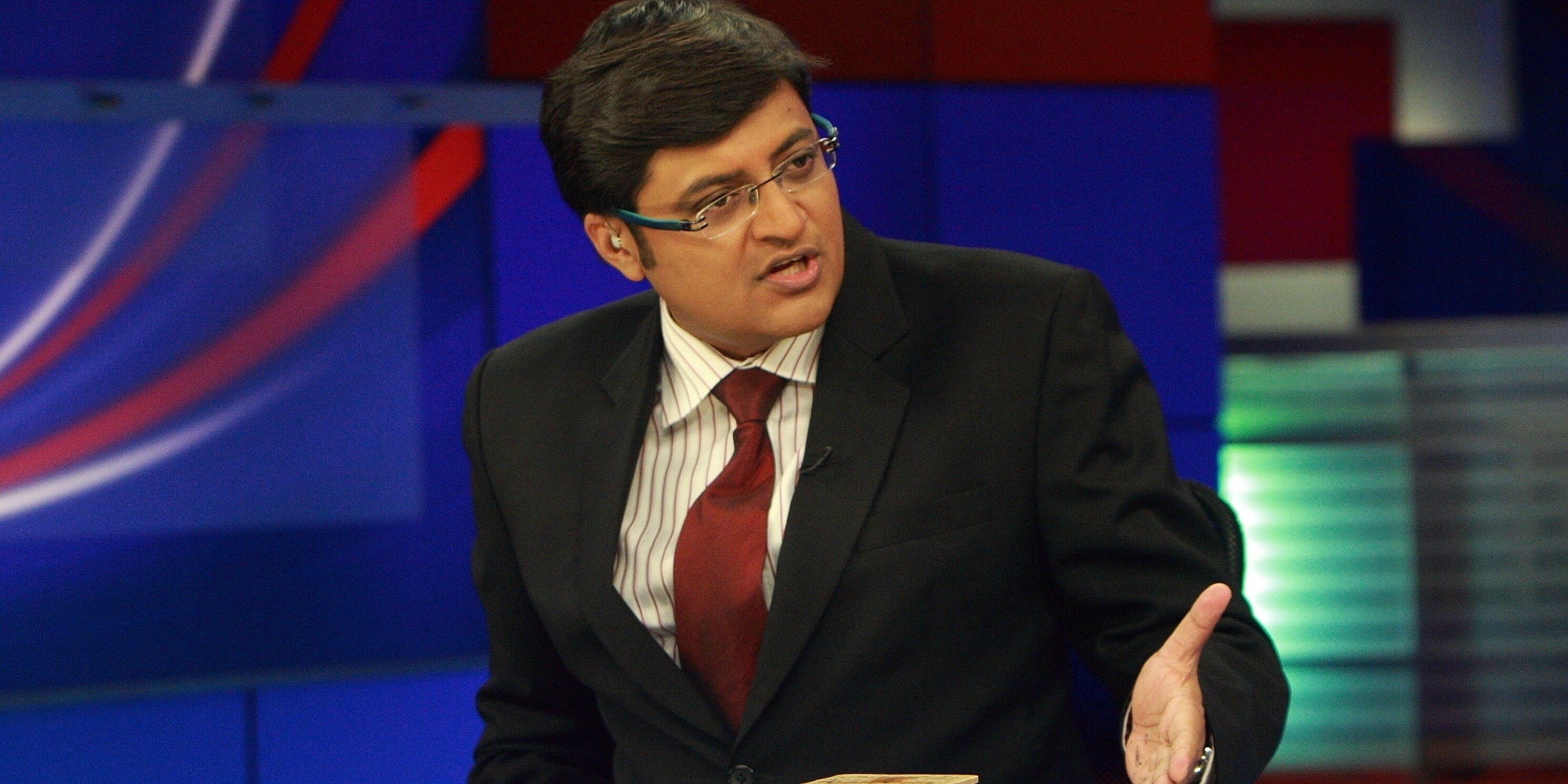Business
Maybe, The English Media Pond Is Too Small For a Big Fish Like Arnab Goswami
- Arnab Goswami is Mr Times Now, both the news anchor and the newsmaker. Not surprisingly, his decision to leave Times Now is rocking the news world.

Arnab Goswami. Photo credit: Wikimedia Commons
It is not often that a TV news anchor makes the headlines almost as often as the news he seeks to intermediate. But when it comes to Arnab Goswami, president (news) of Times Now and ET Now, the man is almost as important as the news he deigns to focus on. He is Mr Times Now, both the news anchor and the newsmaker. Not surprisingly, his decision to leave Times Now is rocking the news world.
In the decade since 2005-06, when he joined Times Now as editor-in-chief, Goswami has put his rivals out of business by a keen understanding of his audience. While other channels adopted a head-in-the-clouds attitude to news and audience preferences, and pretended to be unbiased when they may well have had political biases of their own, Goswami adopted the inquisitorial approach, choosing the role of a public prosecutor on behalf of the real public. He grilled assorted figures in the establishment and wrapped himself in the national flag on all issues. His way of taking on the high and mighty provided vicarious satisfaction to the disempowered middle classes, which had money and jobs, but practically no electoral clout. Goswami was doing to their enemies what they couldn’t do themselves.
Goswami’s success forced other news anchors to adopt more strident notes in their interviews and prime time debates, but they never succeeded in ousting him from the top spot. His impending exit from Times Now may leave a gaping hole in the English language media, but, The Indian Express assures us, that Goswami plans to be back, possibly in another TV venture funded by Rajeev Chandrasekhar, MP. Goswami is quoted by TheQuint.com as having told Times Now staffers that “the game has just begun.”
In December 2015, at a discussion organised by Russia Today, Goswami emphatically asserted that the western news “hegemony has to end”. He also predicted this hegemony is most likely to be challenged by India, where the English media has a small but influential local audience, but could potentially seek a global footprint. “India will be the next media capital of the world” he predicted. (Listen to see what he said in this YouTube video here)
It is not clear if Goswami’s next venture will be aimed for global reach or will compete in the Indian media pond, where the English media is dwarfed by the regional media by several multiples.
It is logical for Goswami to think global, for domestic growth opportunities will be limited for English language media.
On the other hand, there is the other reality: despite high TRPs, English language channels have almost never made money. Going global means they will lose even more. Channels like Al Jazeera – funded by Qatar’s oil and gas money – has not been able to make a mark in the west, especially the US. After spending millions in recruiting top-notch journalists and programming, Al Jazeera America closed down in April this year.
If India has to challenge the global hegemony in English news, it needs large amounts of capital and not just Arnab Goswami. It is not clear if Rajeev Chandrasekhar is willing to bet the farm on going global.
The only player, who can fund such a global venture is the government of India, and the best option for this would be a public-private channel, which is at arm’s length from the government, and yet managed efficiently and professionally, with high quality programming.
Doordarshan is too steeped in bureaucracy and inertia to become this voice of India and Asia. A public-private channel may be the best option.
But one thing is clear: India is too small a pond for English TV media, and Goswami will surely prefer to swim in the global ocean.
Introducing ElectionsHQ + 50 Ground Reports Project
The 2024 elections might seem easy to guess, but there are some important questions that shouldn't be missed.
Do freebies still sway voters? Do people prioritise infrastructure when voting? How will Punjab vote?
The answers to these questions provide great insights into where we, as a country, are headed in the years to come.
Swarajya is starting a project with an aim to do 50 solid ground stories and a smart commentary service on WhatsApp, a one-of-a-kind. We'd love your support during this election season.
Click below to contribute.
Latest